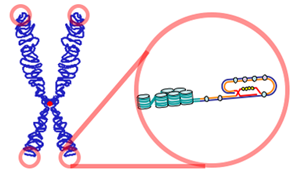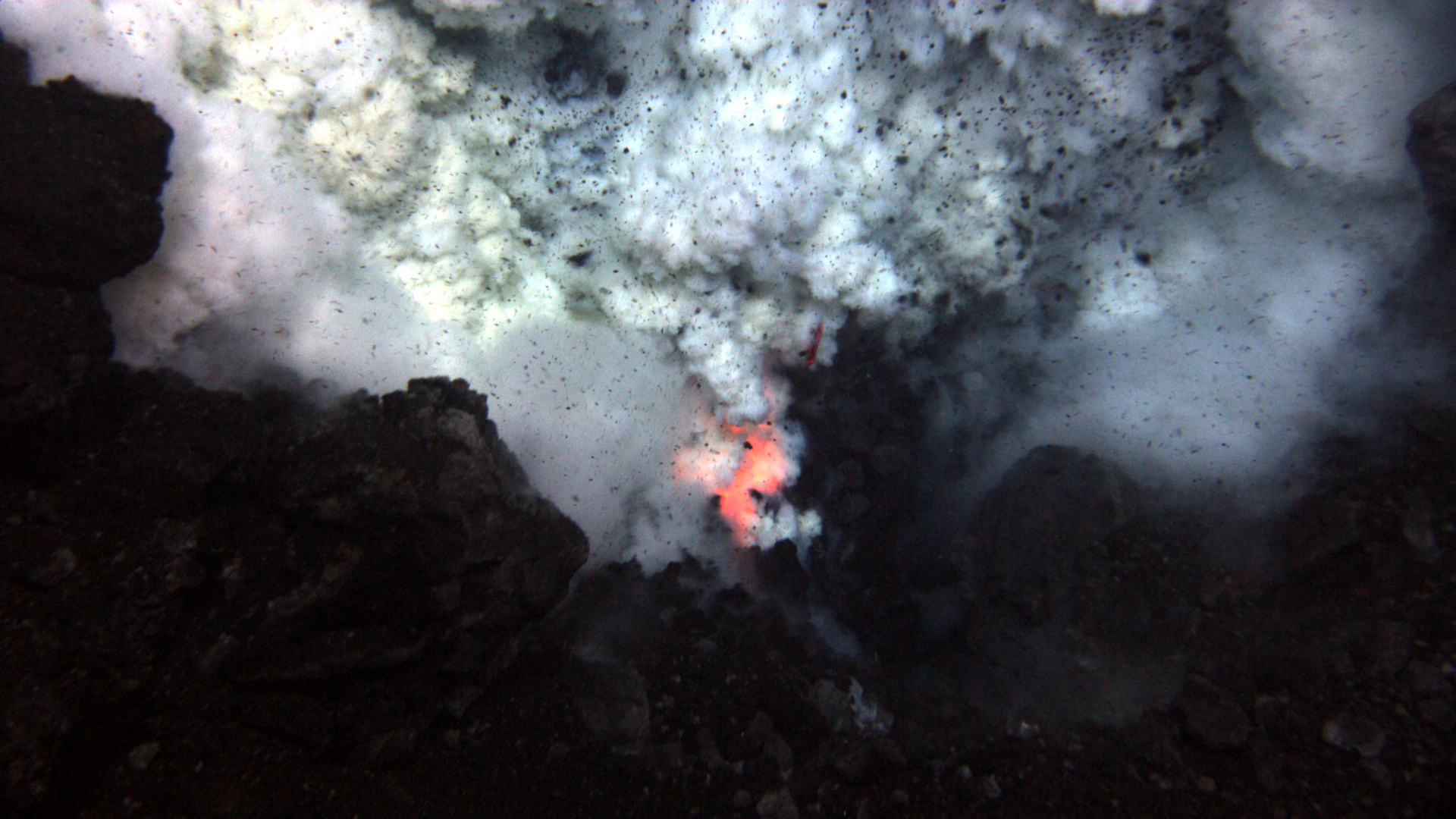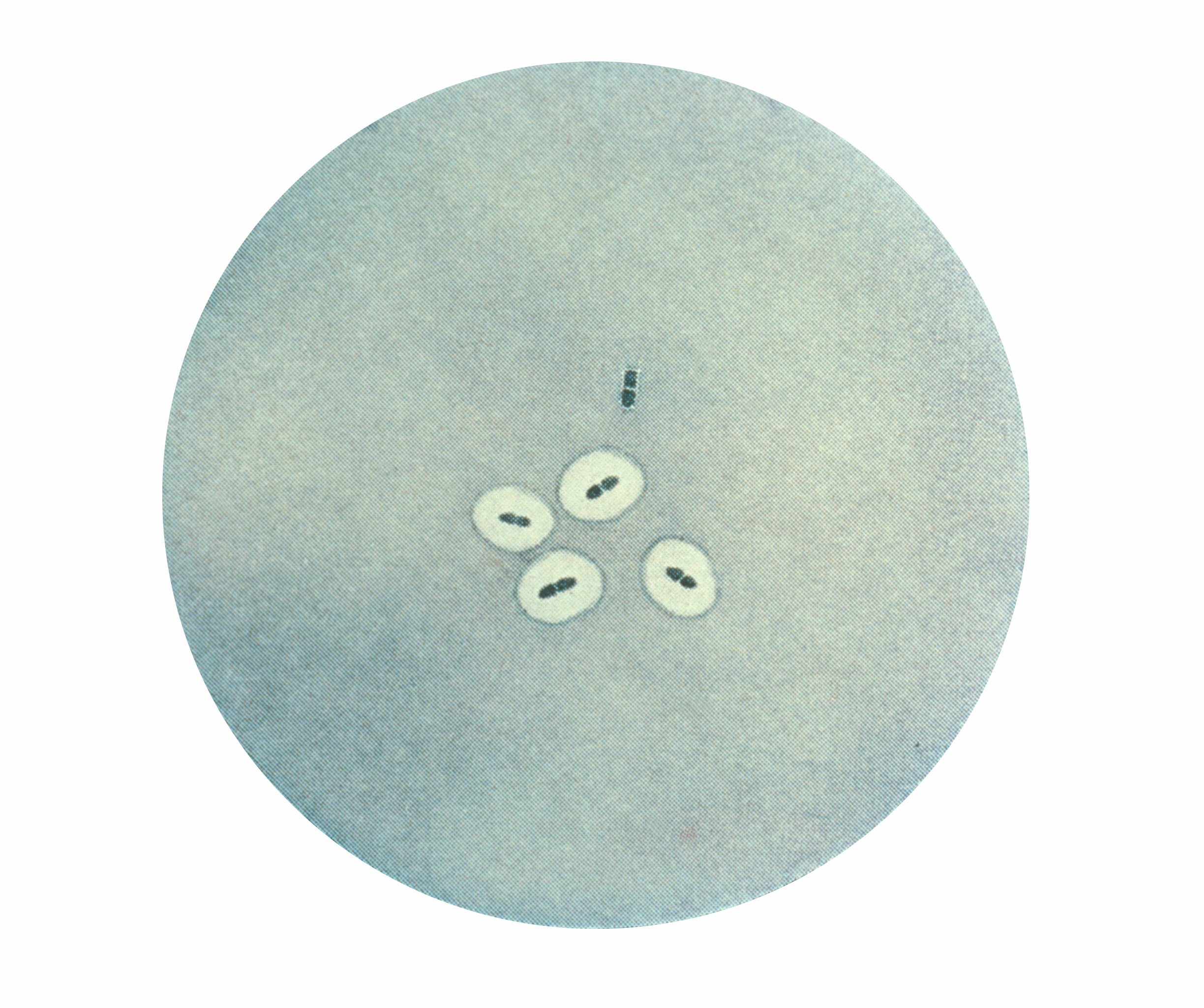
A team of Sandia National Laboratories scientists led by Greg Nielson may have revolutionized the solar energy industry.
Currently, photovoltaic collectors are made of 6 inch square solar bricks. Nielson and his team have found a way to make tiny solar cells only 14 to 20 micrometers thick and 0.25 to 1 millimeter across. To put that in perspective, a human hair is somewhere around 100 micrometer thick. It’s no wonder the tiny cells have been referred to as ‘glitter’! And like glitter, these tiny cells could be incorporated into clothing, or made part of any number of objects.
 In addition, the engineers expect the new solar cells to be significantly cheaper to make and install. With intelligent controls designed into them, they could forever change the way we maintain our houses and warehouses.
In addition, the engineers expect the new solar cells to be significantly cheaper to make and install. With intelligent controls designed into them, they could forever change the way we maintain our houses and warehouses.So, with that optimistic thought, and to borrow a turn of phrase from the late great Isaac Asimov, I wish all my gentle readers a happy New Year.
Top image: typical 6 inch square solar cell
Bottom image: : Sandia Lab's new micro photovoltaic cells (Image by Murat Okandan)

















